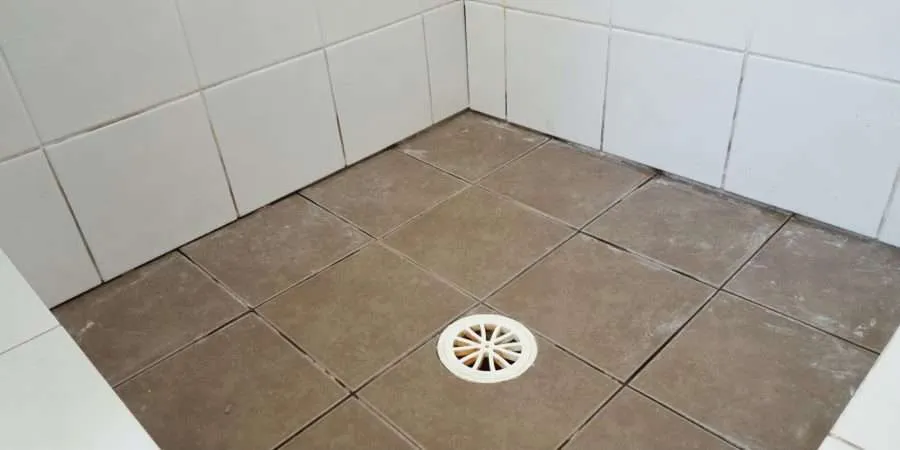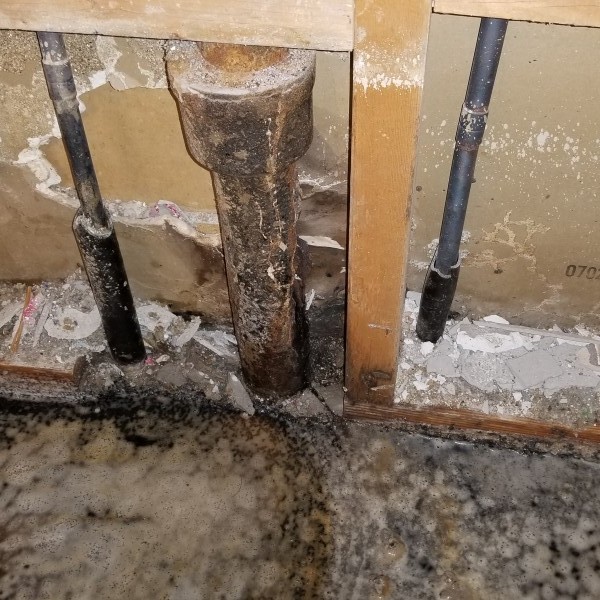They are making several great observations on the subject of Looking for Signs of Water Damage in the Bathroom overall in this article following next.

The washroom is extremely vulnerable for damp accumulation and potential water damage because of the regular use water in it. This write-up supplies straightforward inspection techniques to help spotting water damage threats.
The constant use water in the shower room makes it very prone for damp build-up and potential water damages. By checking it frequently, you can decrease water related damages.
The adhering to collection of assessments is simple to carry out and should be done as soon as in every 3 months in order to keep your restroom in good shape and also to stop prospective water damages caused by the bath tub, the shower, pipeline joints as well as plumbing, sinks, cabinets, and also the commode
Do not disregard performing these assessments as well as be comprehensive while executing them. Bear in mind that these simple assessments can save you a lot of money by giving very early indicators for water damage
Bathtub and Shower
The shower and also tub need special focus and also maintenance. Check the tiles and also change if broken. Make sure that there is no missing out on cement between the floor tiles. Check as well as replace fractured caulking at joints where the walls meet the flooring or the tub. Clogged drains pipes as well as pipes problems will certainly avoid the bathtub from drying out as well as may show major problems under the tub. Consult with a specialist right away to prevent architectural damage. Take notice of stainings or soft areas around the bath tub walls as they might suggest an inner leakage.
Plumbing
Signs for water damage are difficult to spot given that a lot of pipes are set up inside the walls.
Pay unique attention to floor covering and wall surfaces moisture and also stains as they might indicate an unseen plumbing problem. Examine moisture degrees in adjoining spaces too.
Sinks and Cabinets
Sinks as well as closets are exposed to wetness and also humidity everyday and also are often neglected. Check regularly under the sink and on the counter top over it. Repair any type of drip in the catch as it might suggest drain issues. Check out the sink, slow draining pipes may suggest an obstructed drain. Replace sink seals if they are broken or loosened.
The Commode
The toilet is a susceptible water junction. Inspect the water lines and also look for leaks around the toilet seat, in the hose pipe, as well as under the water storage tank. If you identify any signs of wetness on the floor around the bathroom, look for leakages in the toilet edge and tank seals.
Understand that hanging bathroom bowl antiperspirants boosts the possibilities for blockages.
Water Damage Signs In The Bathroom To Avoid Cleanup
Musty smell
This is one of the easiest signs to catch because musty smells are so odorous. The damp, earthy, moldy smell should be a big red flag. The smell will develop when moisture gets trapped in surfaces, and begins to facilitate mold growth. Leaking pipes under cabinets, inside walls, and behind shower fixtures will cause moisture to stay trapped and not dry, which will lead to mold growth and spread. As soon as you notice any musty smells in your bathroom, have it checked for hidden water damage and cleanup signs.
Visible mold
If the smell isn’t there to give it away, sometimes you will actually see mold growth. Finding mold in your bathroom is a serious problem, because mold is very harmful to your health. By the time mold growth is visible, it also means that water damage has already occurred and been present for some time. The only way the mold problem can be resolved is to find the source of the moisture and get it stopped. To safely and adequately remove mold, you need to have professionals handle the remediation. Do not waste any time in getting mold problems addressed, fixed, and sanitized so that you can protect you and your family from the many respiratory symptoms caused by mold exposure.
Damaged floors
Bathroom floors should be able to withstand some exposure to water while still remaining in good condition. However, when excess exposure or water leaks occur, they will begin to damage even the most water-resistant flooring. If you notice any cracking, bubbling, staining, or warping on your bathroom floors, there is probably a water leak somewhere causing the distortion. If you notice areas of the floor have become softer, or even have a spongy feeling, there is probably damage to the subfloor. Subflooring is typically made up of plywood. When plywood is exposed to water or moisture, it will absorb it. Once it has become saturated, the weight of the excess water will cause the wood to swell and soften. Check the floors in your bathroom frequently to catch any of these sings before they lead to damaged subflooring.
Changes on walls
When water leaks behind walls, it will cause changes in the drywall. Peeling plaster, blistering paint, and soggy wallpaper are all good indicators that excess water is building up behind the wall. Water leaking behind drywall will cause it to swell and be soft to the tough. If you start to notice gaps along the trim of your walls, or where tile meets the wall, it could also be a strong indicator that there is a leak behind the wall. Any changes, distortion, or damage on the walls should be evaluated as soon as you notice it to prevent further water damage and cleanup.

As a reader on Looking for Signs of Water Damage in the Bathroom, I was thinking sharing that piece of content was really useful. Sharing is nice. One never knows, you may be doing someone a favor. I enjoy reading our article about Common Causes of Water Damage in a Bathroom.
Browse Our Site